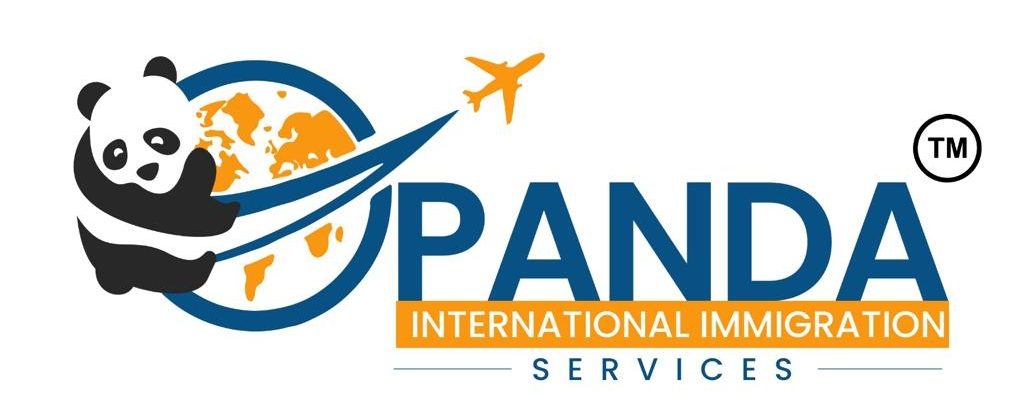Kicking off with minister Marc Miller’s announcement of international study permit caps on January 22, the year 2024 marked a dramatic break from Canada’s long-held habit of welcoming international students.
During what sector leaders have called an “incredibly challenging” and “nightmarish” year, study permit caps were implemented not once, but twice, followed by a barrage of policies tightening PGWP requirements and closing visa processing paths, to name a few.
For CBIE CEO Larissa Bezo, the fallout from the IRCC’s extensive policy changes will be felt “for years to come”.
“We are only at the beginning as a country in realising the real and lasting impacts to Canada’s institutions, communities, businesses, and research and innovation system.
“The life-changing consequences for many current and prospective international students are very real, as is what will be a narrowing of options and access to post-secondary education for many Canadian students,” said Bezo.
“Short-term pain”
The past year of policy restrictions are already being felt in Canada, with the overall number of study permits processed by the IRCC predicted to be 39% down on 2023 levels, amid reports that most institutions are not meeting their 2024 PAL allocations.
“Since the late 2000s when Canada first started making its mark in the international mobility space, [it has] has not faced a major crisis. The year 2024 changed that,” said Saurabh Malhotra, CEO and founder of StudentDirect.
“We now face the most severe crisis, from application caps to dampening demand and institutions announcing job cuts, it’s been a nightmarish year.”
Malhotra predicted that institutions would see further enrolment declines of up to 40% of 2023 levels next year, with hospitality and business programs in colleges impacted by the new PGWP eligibility criteria shouldering the largest burden of the cuts.
Universities – unaffected by PGWP changes – are “expected to weather the storm slightly better”, said Malhotra, though no corner of the sector will be untouched by the reputational damage of the past twelve months.
Upcoming federal elections
“I have one expectation: more change,” said immigration expert Matthew McDonald, adding that the federal elections – due to take place on or before October 20 – are likely to bring a change of government.
“My hope is that political parties will pursue a smart policy-focused discussion that will remind Canadians of how important immigration is to our society, economy, and national identity. My expectation is more pessimistic, however.”
With the ongoing politicisation of immigration, McDonald said that application headwinds will be particularly strong for individuals applying from countries with high numbers of international students claiming asylum such as India, Nigeria and Ghana.
I have one expectation: more change
Matthew McDonald, Immigration Services
However, he was hopeful that US-Canada border tensions “could bring to life a wonderful idea of creating in-person IRCC service centres where international students and their family members could have applications processed”.
“Depending on how the idea is implemented, such centres could, for example, help students quickly obtain a new student permit to change DLI,” explained McDonald.
Building back better
Despite the continued pain felt by institutions, there is a palpable determination of stakeholders to “build back better” and “create a responsible and sustainable international education sector for Canada’s long-term benefit” said Bezo.
To do so, “Canada’s institutions must step up to define their own messaging, moving away from outsourcing our brand’s narrative. The focus in messaging needs to be laser focused on what we do best – prepare students for the evolving needs of Canada’s labour market,” said Malhotra.
Following the IRCC’s new PGWP eligibility criteria designed to align higher education more closely with labour market needs, Canadian institutions must align programs with long-term shortage occupations and make this “the cornerstone of their messaging”, said Malhotra.
“Institutions can then attract smaller but more committed cohorts of students who are better aligned with Canada’s needs,” he added.
Languages Canada, the national body representing language schools in Canada, agreed that by seeing this time as a chance for “recalibration”, the sector could lay the groundwork for a more sustainable future.
“Throughout 2025, we will remain committed to engaging with federal and provincial governments to advocate for necessary adjustments and foster stability in the system,” said Languages Canada.
It added that the organisation would continue to position Canada as a leading destination for learning English and French, promoting outbound and inbound trade missions.
“Domestically, our focus will be on highlighting the invaluable contributions of Canada’s official languages educators. These include enhancing workforce productivity, supporting the integration of newcomers, strengthening Canada’s linguistic minority communities, and enriching Canadian culture and national unity.”
The post International higher education: Canada’s 2025 predictions appeared first on The PIE News.

